In Scandinavia, the period of roughly 550-750 A.D., which preceded and, in many ways, set the stage for the more (in)famous Viking Age, is known by several different names. In Sweden it is usually called the Vendel Period (vendeltid), named after a famous burial ground north of Uppsala; in Denmark, the Younger Germanic Iron Age (yngre germansk jernalder); and in Norway and much of continental Europe the Merovingian period, after the ruling Frankish dynasty of the day. Whichever name you prefer—though here I will prefer the Vendel Period—this was a time in which Scandinavia underwent enormous societal and material transformation, and something like a ‘golden age’ dawned. Scandinavian legends preserve stories of great kings, heroes, and warriors, and archaeology has revealed an elite culture of lavish treasure, gilded swords and helmets, and astounding ship burials.
But what set in motion all these cultural trends that we now refer to collectively as the Vendel Period? As always, this epoch did not come out of nowhere, nor was the Norse world isolated at this time, and if we want to understand it then we need to understand the world that preceded and surrounded it.
The centuries prior to the Vendel Period (the Migration Period, very roughly 300-550 A.D.) had seen the rearrangement of the political landscape of Europe as the Western Roman Empire destabilised and migrant peoples—primarily Germanic tribes—resettled across the continent. Several of these so-called ‘barbarian invaders’, as the Romans were prone to calling them, may have been kin with the Scandinavians, or they liked to say; the Visigoths, who sacked Rome itself in 410 A.D., migrated from eastern Europe but their legends claimed origins in the area of modern Götaland, Sweden. Beyond any historical doubt is the migration of the Angles and Jutes from the Danish mainland to Britain in the 5th century (alongside the Frisians and Saxons of northern Germany), where they would found the Anglo-Saxon kingdoms. These movements were not always peaceful, and everywhere warfare was on the rise.
Meanwhile, within Scandinavia itself, the cultural winds were also shifting both as a result of internal factors as well as these changing conditions on the continent. Norse society was becoming more hierarchical, with power more highly concentrated in fewer hands. Possibly the most important development in the century or so following the first Germanic migrations was the emergence of a new class of Norse elites whose power was based on three major factors: alliances, treasure, and martial prowess. This new ‘warrior aristocracy’ would rearrange the political landscape and set the scattered Scandinavian peoples on new and dramatic trajectories. Of course, military and economic factors had always been important to power in Scandinavia (and elsewhere), but the culture that began to develop in the Vendel Period was something quite different than what had come before. What came was a new sort of ideology that lionised the valiant, shining warrior and seized the hearts and minds of the Norse—or, at least, those with a taste for power.
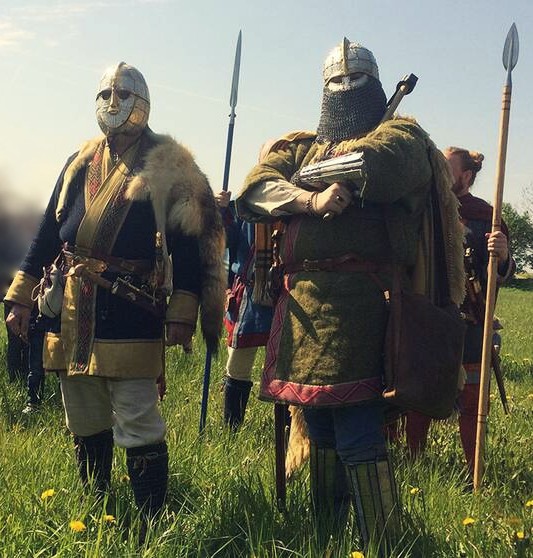
Crucial to the foundation of this warrior elite was the development of what are often simply called ‘central places’, the locations from which regional elites administered their power. A Norse chieftain (a jarl or eorl) did not build castles or palaces, but rather their seat of power was in their great hall: huge wooden buildings where jarls would hold court, host feasts, conduct religious rituals, and which symbolised the heart of their ideological world. This new type of building, a grander evolution of the longhouse that had lasted for thousands of years before, became a classic feature of the Vendel Period and into the later Viking Age. A single hall is likely to have been connected with a number of different farmsteads, some perhaps owned by the jarl personally, and others independent but owing some form of allegiance to the jarl at their center. Outside the hall and farm, the central places were the sites where important and prestigious goods were manufactured and where trade was carried out. With all this talk of the central status of warriors (and, of course, the reputation of the Viking Age) it is easy to forget that just as important were the cultural achievements of the day: the high quality of Norse craftsmanship in gold and bronze, the newly-forged merchant networks that linked Scandinavia with far regions of the world in peaceful trade. The great art of Norse poetry also likely found its feet during this age. Central places also functioned as sacred centers, where religious rituals honoured earlier forms of the Norse gods we know and love today. During the Vendel Period, some of the most famous central places in Scandinavia developed at Lejre (Denmark); Borre (Norway); and Uppåkra and Gamla Uppsala (Sweden).
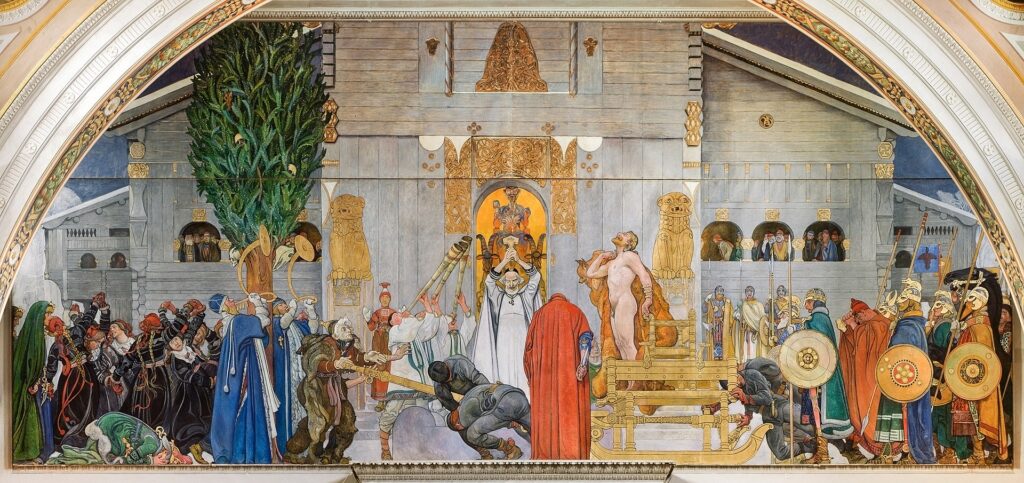
Pictures show the artist’s interpretation of the temple at Gamla Uppsala.
We in the modern world may have gotten used to the idea of the ‘Scandinavian style’ as meaning subtle, elegant, and minimalistic, but in the Vendel Period, the wealthy built to impress and awe. Imagine stepping across the threshold into a huge, warm chamber, lit by fires; a feast laid out upon the tables; glittering treasure ready to be shared out; weapons all around you. You can imagine how impressive the person at the centre of it all would appear, dressed in brightly coloured clothing made of exotic material, perhaps bearing his bejewelled helmet and sword. Does this scene sound a bit archetypical and, well, theatrical to you? In all likelihood, that was the point. There is a concept in archaeology called ‘conspicuous consumption’, describing grandiose displays of expense and consumption, such as feasts, meant to bolster the host’s prestige by showing off their disposable wealth. These were occasions when the jarls would bond with their countrymen, host them with food and drink, give gifts of treasure, all of which served to strengthen their status in society. Gold was especially ideologically important; while the Viking Age has come to be known as a silver age’, as silver became the currency of the land, the Vendel Period was all about gold for its own sake. This metal had associations with the most powerful empires of the day, such as the Franks and the Byzantines, and the flow of gold from these exotic realms into Scandinavia, mostly via peaceful trade, boosted the image of the elites who controlled it. It was no sin to be ostentatious: the real sin was to be greedy with one’s wealth. Through generosity a jarl gained the loyalty, support, and perhaps the skills and resources of the people they hosted, while the guests themselves were able to share in the jarl’s good fortune and benefit from their association and protection.
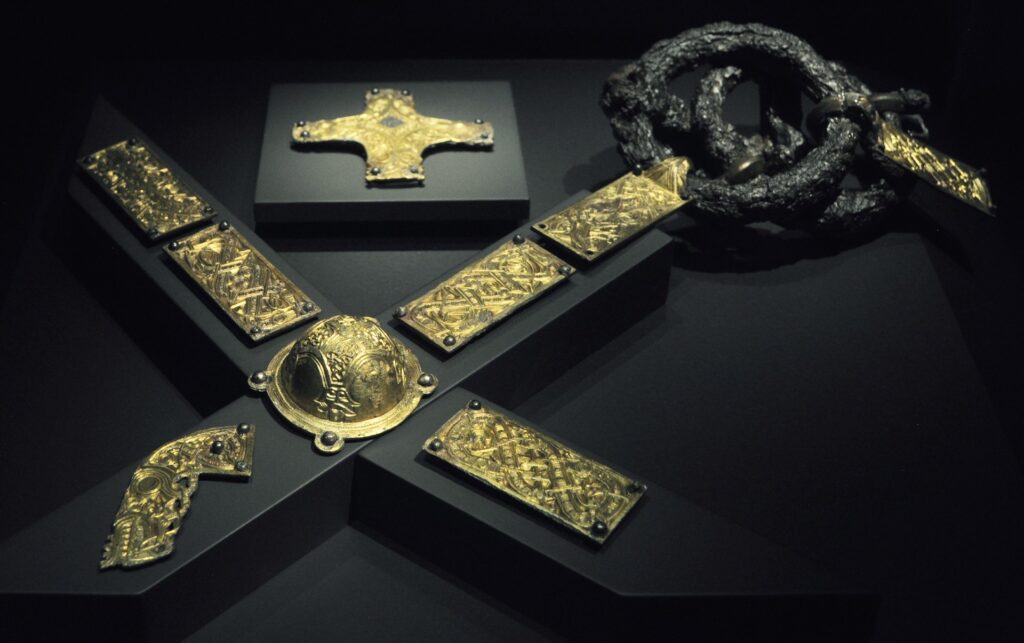
Warriors and the protection they afforded were important, because this seems to have been a period in which violence was on the rise. Many people throughout Scandinavia were vying for a piece of this new power structure and, where no compromise could be reached, battle was usually the alternative. There was an additional incentive to this approach: that achieving glorious victories in battle only further enhanced the prestige of great jarls. This is where the warrior aspect of this new elite structure came into play: being able to host feasts and share treasure was all well and good, but if others could take that wealth and station by force of arms, then what power did those riches truly bring? Why should anyone pledge their loyalty to someone who could not defend them in return? No, to succeed in this society it was not enough to be rich—strength was a must.
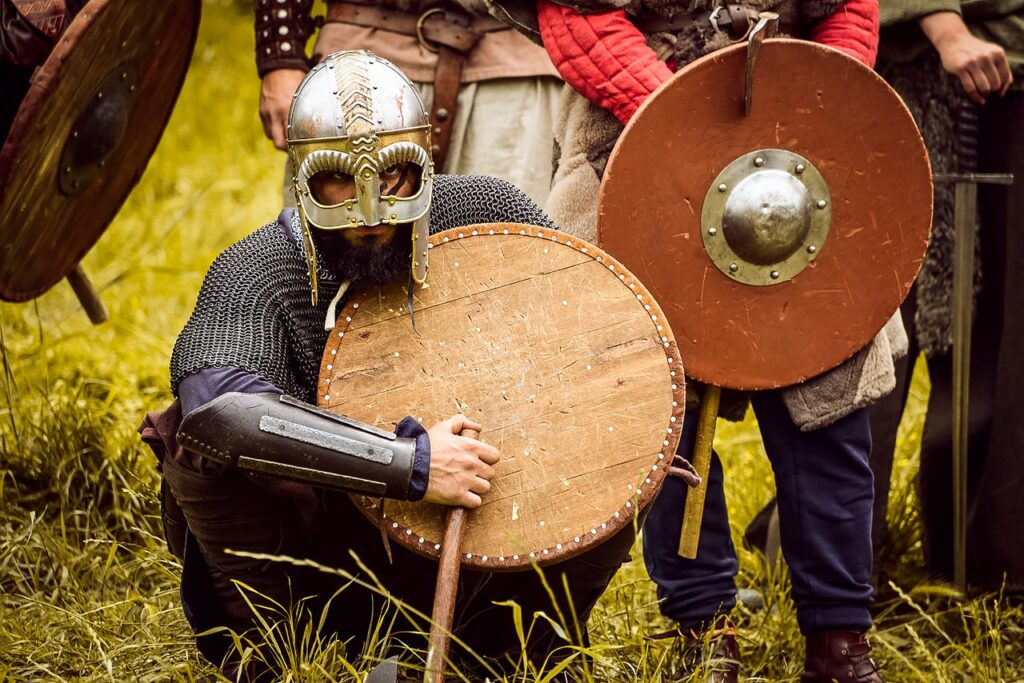
And it is this culture of treasure, oaths, and adventure that is encapsulated perfectly in Old Norse and English literature: the world of the Kings’ Sagas and Legendary Sagas, and even Beowulf. While the sagas were put to the page in medieval-or-later Iceland and Beowulf in late Viking Age England, they are probably based on earlier oral traditions and illustrate the almost mythical way the Vendel Period came to be viewed. It was not just a golden age for its artefacts; it was perhaps more importantly a time of golden heroes and fantastical legends. Illustrious families called the Scyldings, Wulfings, and Ynglings traced their respective lineages to the kings of the Danes (of Denmark), the Svear (of central-eastern Sweden), and the Geats (probably from southern Sweden, or perhaps the island of Gotland) at the dawn of the Vendel Period, and to the gods that were said to have sired them. These written sources are not entirely reliable as records of specific names and events, but they give us a glimpse into a legendary world and the culture that imbued it.
So, what does the archaeology have to say about all this? Do the legends hold up to the material? Wonderfully, in many cases, the answer seems to be yes. Excavations at the elite Swedish cemeteries of Vendel (which gave its name to the period), Valsgärde, and Gamla Uppsala, as well as other barrow and boat graves throughout Sweden, have revealed artefacts such as ‘crested helmets’ decorated in bronze and garnets, emblazoned with scenes of myth; gold-hilted swords decorated with rings and garnets to match; and treasure from home and abroad. The detailed embossing of the helmets is matched by bronze plates from Torslunda, Öland (off the coast of southern Sweden), featuring minutely-detailed mythological images of what may be berserkers and Odin himself. The presence of horses, symbols of great prestige, as well as birds of prey and exotic, greyhound-like dogs in burials further show that these graves housed people of immense status, wealth, and power.
The rising occurrence of warfare is evidenced not only by the martial quality of elite grave goods, but by the increasing frequency of hill- and ring-forts being thrown up throughout the Norse realm during this period. This speaks to an increased need for defence and competition among elites in neighbouring regions. Legendary history devoted hundreds of pages to the wars between the Swedes, Gauts (possibly the same as the Geats), Danes, and Norwegians, and these forts may show that, among all the mythic and poetic flourishes that are hallmarks of this genre, there was a grain of truth to the vision of a Scandinavia riven by war.
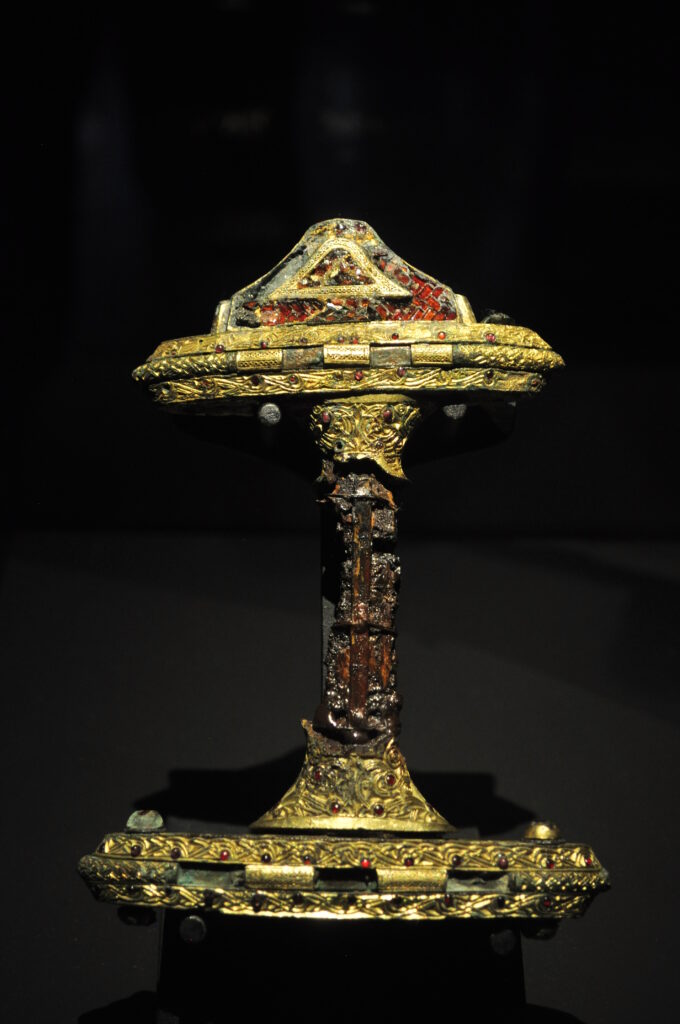
The helmets are perhaps the most famous emblems of this period, and they point not only to the martial side of this society but to its far connections, in this case between Sweden and England. Especially the helmet from the Sutton Hoo grave, but also helmets found at Coppergate and Staffordshire, show remarkable parallels with the Swedish materials, and such helmets have not been found anywhere outside England or Scandinavia. Sutton Hoo is also telling as the overall form of the burial, with its boat, weapons, and animals, is eerily reminiscent of the Vendel Period boat graves of Sweden. The Anglo-Saxons were descended from migrants from Denmark in the 400s A.D., so overseas connections between Britain and Scandinavia were not ‘new’—but these particular finds date from centuries later, and probably represent a new cultural bond forged long after the end of the Migration Period.
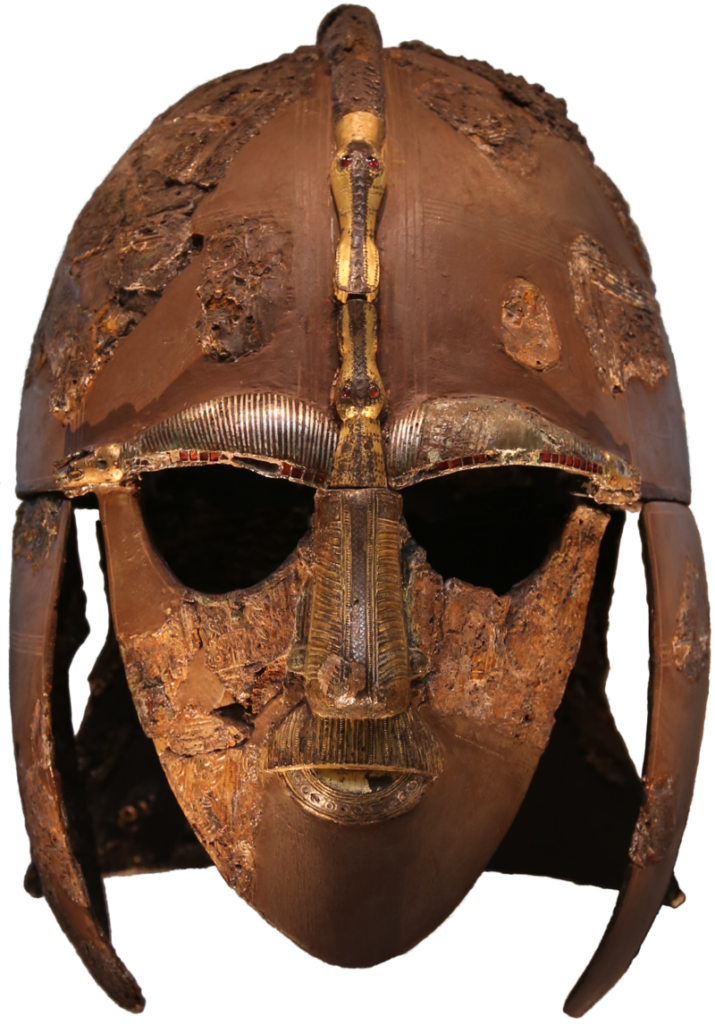
This brings us to one more development, subtler but no less consequential. Alongside the new connections abroad, there was an increased Norse interest in the outlying parts of Scandinavia itself, in landscapes beyond their usual agricultural spheres. They began to take much greater advantage of the resource potential of regions like coasts and forests, as well as the northernmost reaches of the Scandinavian Peninsula. It was also here that their contacts with the Sámi people increased and intensified, a process whose effects on Norse culture (perhaps especially on its religion) have often been sorely underestimated.
It is important to bear in mind that the bulk of the archaeological findings and historical sources paint a picture of the elites, but we know rather less about the lives of the farmers, merchants, and craftspeople, much less the unfree, in this society. Much of the impressive work of smiths and ship-builders has preserved, but sadly, little trace of these peoples’ lives has survived into the modern day—the buildings in which they lived have long since rotted away (like those of the elites), most of their possessions lost to time. Additionally, cremation was still the norm for most people of the day (including many elites), and so we are left with precious little physical remains of the common people themselves. But these people were the backbone of this society and it must be remembered that only by their hard work and their efforts did the jarls in their halls have any station at all.
So, we now return to the question we began with: what set all this in motion? This is a complex situation that is likely to have many causes. The uptick in warfare might plausibly be a result of the strife caused throughout Europe by the collapse of the Western Roman Empire. The need for a strong warrior society might in turn have given birth to an ideology that mythologized strong warriors. However, in addition to this, the new types of monarchy that were springing up all over the continent—especially the Merovingian Frankish dynasty—seem to have made a big impression on the Scandinavian elites and they may have attempted to model their own society on a similar pattern. The focus on treasure is also a key aspect of the Vendel Period and is also ideological in nature: not only is treasure materially valuable, but the most prestigious of treasures were those that came from outside the Norse realm itself. One who could acquire such exotic treasures had an impressive reach indeed, and such power was compelling in attracting loyal followers to one’s side. And the more power a chieftain gained—the more victories won, prestige earned, riches acquired, loyalty amassed, influence spread—the more they began to look beyond the name of jarl to the title of king…
Where did all this change lead? As we’ve discussed elsewhere, it is hard to pinpoint exactly when the Vendel Period ended and the Viking Age began, but it is clear that the Viking Age would never have become what it was if it were not for the trends set in motion in the centuries before it. The reorganisation of Norse society in the Vendel Period set the stage for the powerful kingdoms that ultimately coalesced throughout the Viking Age, and moulded the Norse warriors, merchants, and poets who impressed themselves so forcefully upon the continent. Near its end it also saw the founding of the earliest market ‘towns’ in Scandinavia’s history: Hedeby and Ribe (Denmark), Kaupang (Norway), and Birka (Sweden), through which the Norse trade with the outside world boomed dramatically and brought whole new quantities of wealth and far distant contacts to their doorstep. As the golden age of the Vendel Period drew to a close, it was clear that the Norse were ready to take on the world as never before.
Cover Photo: Ola Myrin, Statens Historiska Museum.
Text: Christopher Nichols, 2021. Copyright 2021 Scandinavian Archaeology
Further reading:
Hedeager, L. 2008. Scandinavia Before the Viking Age. In: the Viking World (edited by S. Brink & N. Price). Routledge, London: 11-22.
Helgesson, B. & H. Aspeborg 2017. An Iron Age Magnate Farm at Odarslöv – a local centre in the realm of Uppåkra. Journal of Archaeology and Ancient History, 20: 3-39.
Hennius, A. 2021. Outlanders?: Resource colonisation, raw material exploitation and networks in Middle Iron Age Sweden. Uppsala University Department of Archaeology and Ancient History. Uppsala.
Jones, G. 2001. A History of the Vikings. Oxford University Press. Oxford.
Larsson, L. & B. Hårdh 2002. Central Places in the Migration and Merovingian Periods. Almqvist & Wiksell. Stockholm.
Ljungkvist, J. & P. Frölund 2015. Gamla Uppsala – the emergence of a centre and a magnate complex. Journal of Archaeology and Ancient History, 16: 3-30.
Löwenborg, D. 2012. An Iron Age Shock Doctrine – Did the AD 536-7 event trigger large-scale social changes in the Mälaren valley area? Journal of Archaeology and Ancient History, 4: 3- 29.
Price, N. & P. Mortimer 2014. An Eye for Odin? Divine Role-Playing in the Age of Sutton hoo. European Journal of Archaeology, 17(3): 517-538.
Rundkvist, M. 2011. Mead-halls of the Eastern Geats: Elite Settlements and Political Geography AD 375-1000 in Östergötland, Sweden. KVHAA. Stockholm.
About the author

Christopher Nichols
Archaeologist with a Bachelor of Arts from Simon Fraser University (Vancouver, Canada) and a Master of Arts from Uppsala University (Uppsala, Sweden). My specialisation lies in bioarchaeology broadly, with a primary focus on mammalian zooarchaeology, and a special interest in the Late Iron Age of Scandinavia (though you can occasionally catch me sniffing around Egypt as well).
In my Master research I conducted an osteological analysis of domestic dog remains from Valsgärde cemetery, Sweden. The aims were to identify the number of dogs buried at the site, reconstruct the appearance of the dogs, and identify any patterns and changes between the Vendel Period and Viking Age.
I’ve always been fascinated by the relationship between humans and animals, domestic and wild, in societies throughout the world. Through archaeology, I hope to shed light on this crucial part of our shared heritage.
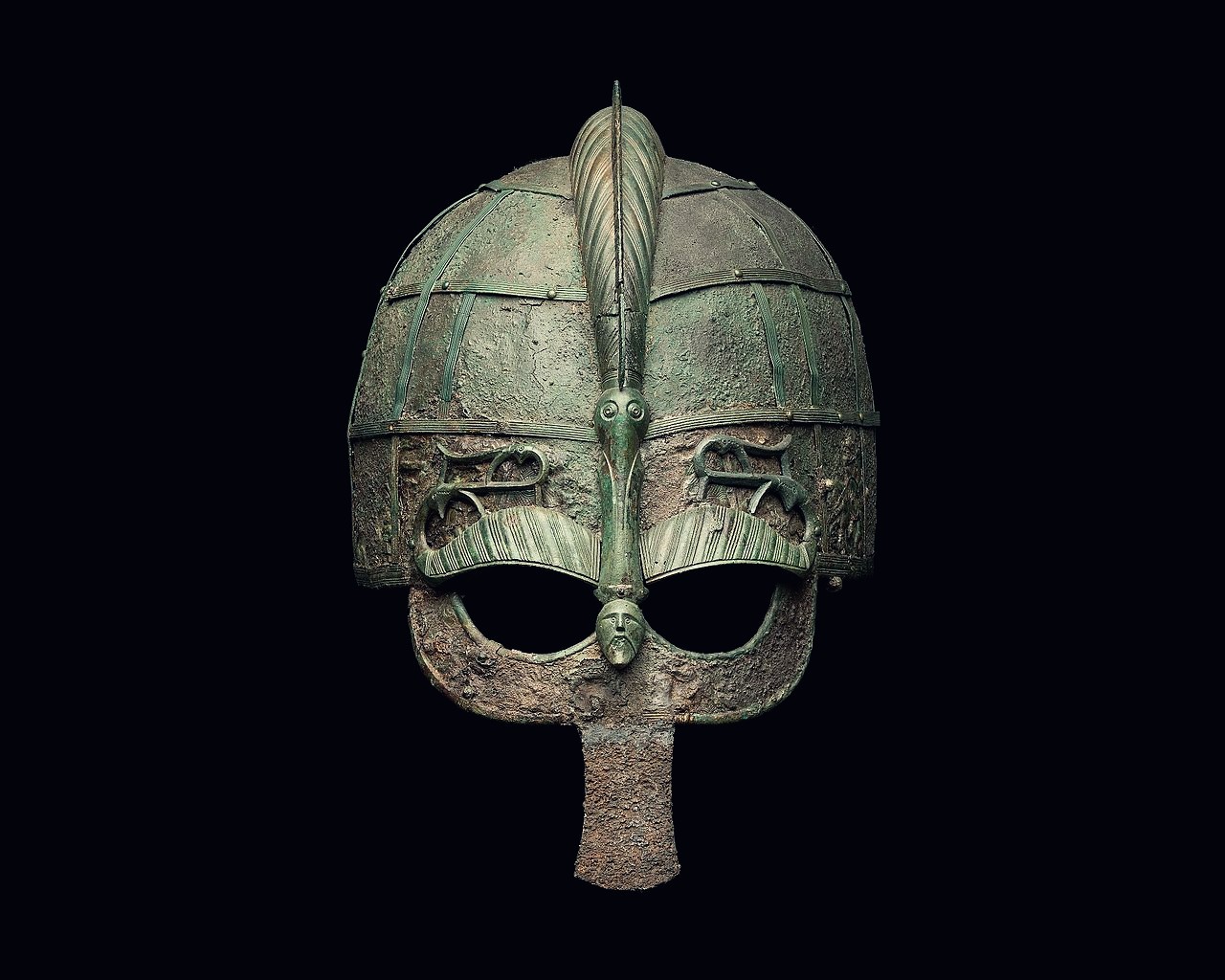
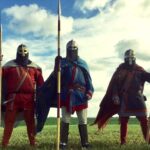
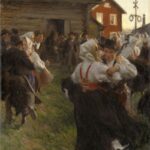
Hej Christopher! Although I am an Eastern Mediterranean Bronze Age focused academic by qualification (I have worked for the British School in Crete & widely in Egypt), I have had an obsession with the Viking period, the Vendel period, the Anglo Saxon Kingom of East Anglia, Beowulf – & the very strong connections between all of these. I am fortunate to have excavated at Sutton Hoo with Prof. Martin Carver – as well as at various Viking period sites in Ipswich here in Suffolk – & am very familiar with the work of Sam Newton (Beowulf &c.). It looks as if I’m going to be invited shortly to get involved with the Rendlesham Revealed Project, which should be exciting. I should be very grateful if we could get in touch, or have a chat. I hope that you are well & thriving? Stay safe. All best wishes, Clive.